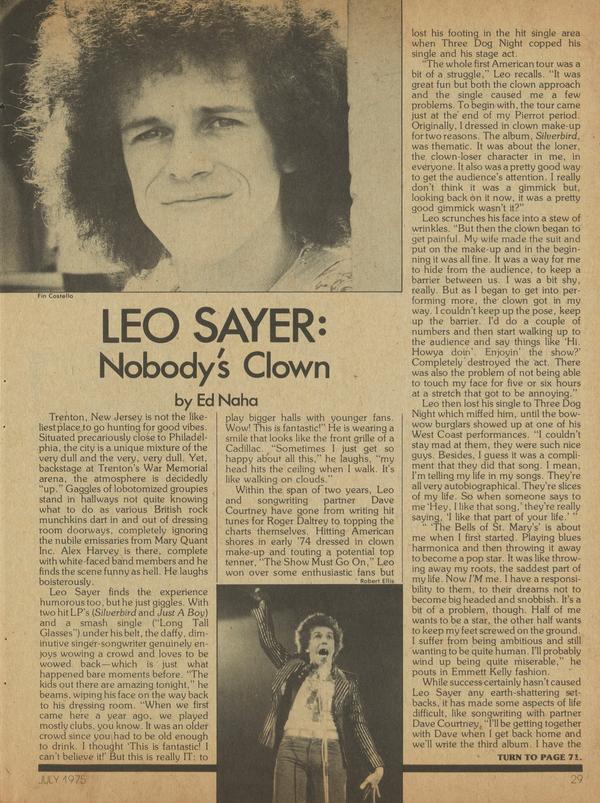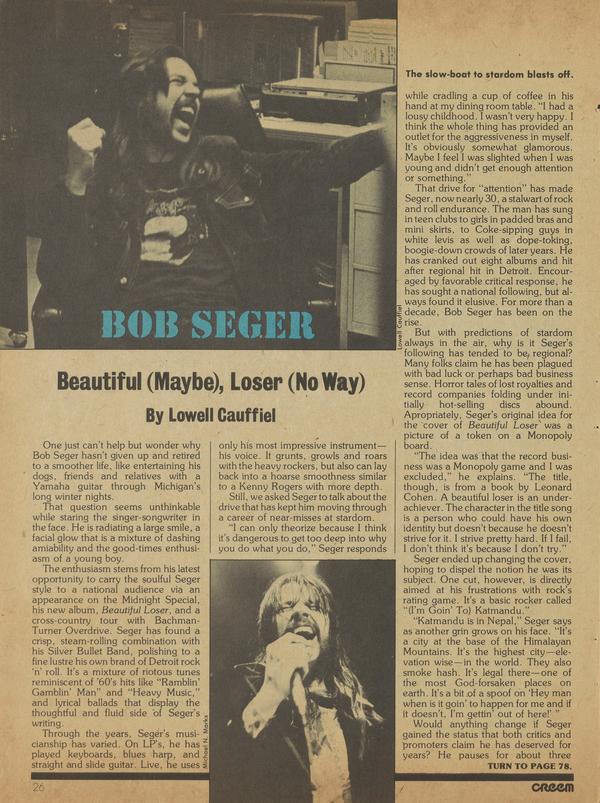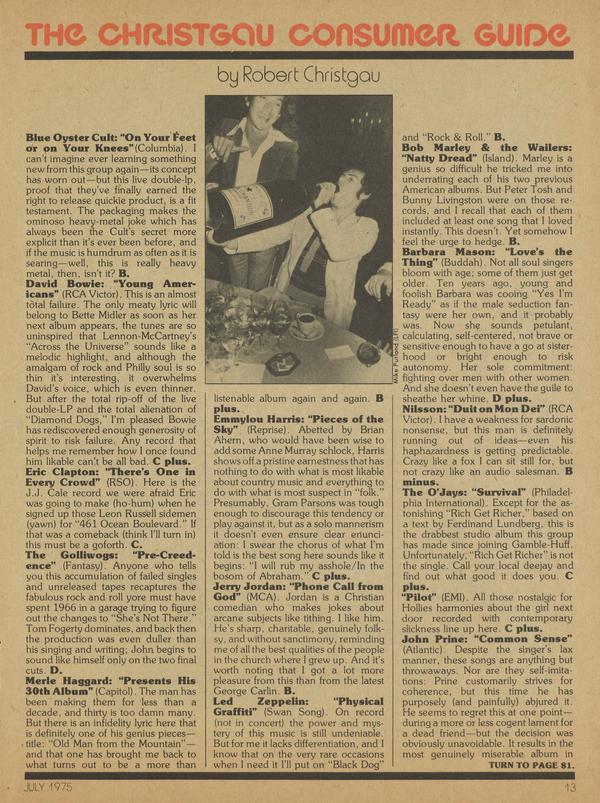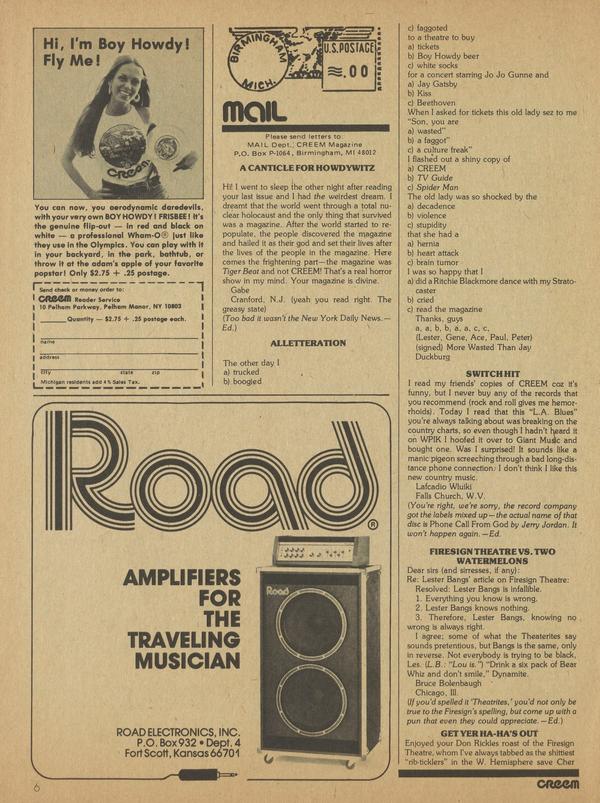Rewire Yourself
Cleaning Up A Dirty Groove
I never realized what evil lurks in a record’s grooves.


I never realized what evil lurks in a record’s grooves. I didn’t know that records need to be regularly washed, mopped, and vacuumed. If fifty cents worth of pvc had any sanitary habits, they’d never occurred to me. Then a booklet with bright orange and blue covers came in the mail. It was the new edition of Watts, Just For The Record, a twenty-seven page guide to record protection, maintenance, and preservation based on the ingenious philosophy of the late Cecil E. Watts, British musician, recording engineer, and scientist who devoted his life to record care.
“The musical content of the record is contained within a tiny groove that extends in a tightly wound spiral more than half a mile. The groove itself is actually narrower thari the thickness of a human hair,” says Watts. He describes the factqrs that influence the record’s dynamic integrity: stylus condition and pressure, foreign matter, and static electricity. Most turntables and changers track at two grams or vless of stylus pressure., so the concern is to remove all dust, dirt, and grease from the record surface so the stylus won’t squash if into the grooves as the record is played. Watts identifies static electricity as the villain; the record builds up a static charge as it plays and this static electricity acts as a magnet to attract dirt, dust, and fluff. A dirty record will distort; fuzz, pop, skip, and sound like shit. “When a record is new and clean,” says Watts, “it can produce these variegated sound patterns with astonishing fidelity. But if allowed to become dirty and contaminated with pollutants of one kind or another, it loses its magical properties and dnless the condition is corrected, it must be discarded.”







